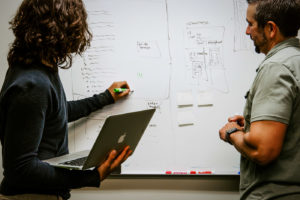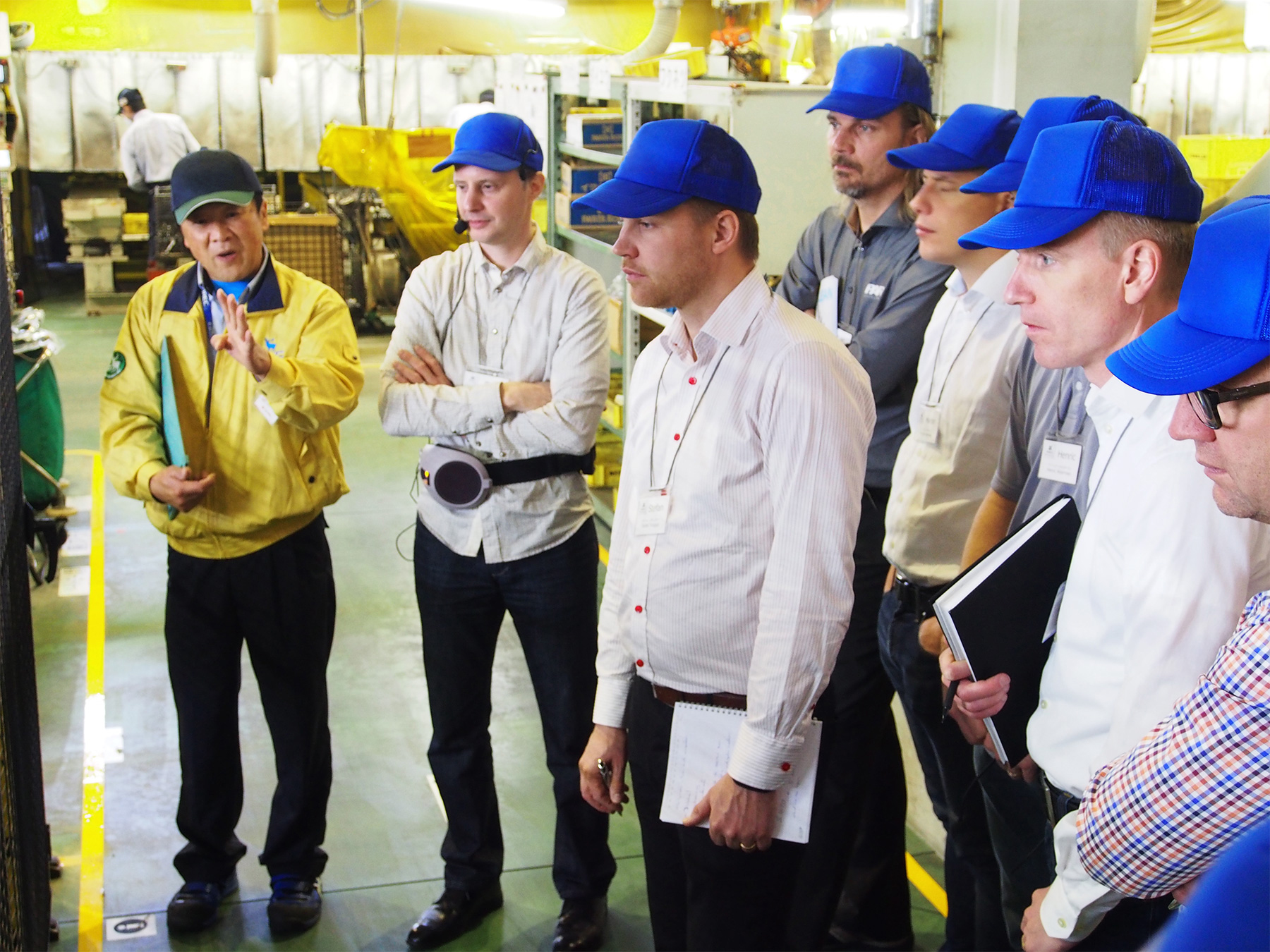Unleashing creativity: exploring brainstorming and fishbone diagrams for effective problem solving

In our ongoing quest to help teams optimise their problem-solving capabilities, we’ve previously discussed the Five Whys technique as a powerful method to uncover the root cause of a problem. Let’s dive into two more creative problem-solving tools: brainstorming and fishbone diagrams.
Unique advantages
While these techniques share some similarities, they also offer unique advantages for tackling different aspects of problem-solving. By understanding the differences and synergies between these tools, your team will be well-equipped to generate innovative solutions and foster a culture of continuous improvement.
Understanding brainstorming and fishbone diagrams
Brainstorming is a widely-used problem-solving technique that encourages the free flow of ideas in a group setting. The primary goal of brainstorming is to generate a large number of ideas, which can later be evaluated and refined to develop an effective solution. Brainstorming fosters creativity, collaboration, and open communication, making it an ideal tool for tackling complex or open-ended problems.
Fishbone diagrams, also known as Ishikawa diagrams or cause-and-effect diagrams, are a visual tool used for root cause analysis. By representing the causes of a problem in a structured format resembling a fish skeleton, fishbone diagrams help teams systematically identify, explore, and visualise the potential causes of a problem. This technique encourages critical thinking and a structured approach to problem-solving, making it particularly useful for dissecting complex issues with multiple contributing factors.
Comparing brainstorming and fishbone diagrams: differences and similarities
Differences:
- Focus: Brainstorming focuses on generating a wide range of ideas and potential solutions, while fishbone diagrams concentrate on identifying and analysing the causes of a problem.
- Structure: Brainstorming encourages an open and unstructured flow of ideas, whereas fishbone diagrams follow a more structured and organised approach, visually categorising the causes of a problem.
- Collaboration: While both techniques encourage collaboration and teamwork, brainstorming places a greater emphasis on group dynamics and open communication.
- Flexibility: Brainstorming can be used for any type of problem, while fishbone diagrams are best suited for problems with multiple causes and complex relationships between factors.
Similarities:
- Both techniques are collaborative problem-solving tools that involve input from multiple team members.
- Both brainstorming and fishbone diagrams encourage critical thinking and a deep exploration of the problem at hand.
- Both methods can be used in conjunction with other problem-solving techniques, such as the Five Whys or the PDCA cycle.
Combining brainstorming and fishbone diagrams for enhanced problem solving
While brainstorming and fishbone diagrams have unique strengths, they can also be combined to create a powerful, synergistic problem-solving approach. For example:
- Begin with a brainstorming session to generate a broad range of ideas and potential causes for the problem at hand.
- Use the insights gathered during brainstorming to populate a fishbone diagram, organising and categorising the identified causes.
- Analyse the fishbone diagram to uncover patterns, relationships, or root causes that may have been overlooked during brainstorming.
- Use the insights from the fishbone diagram to refine the brainstormed ideas and develop targeted solutions that address the root cause(s) of the problem.
Fostering a culture of continuous improvement
Both brainstorming and fishbone diagrams are valuable problem-solving tools that offer unique advantages for tackling different aspects of problem-solving. By understanding the differences and synergies between these techniques, your team can leverage its strengths to generate innovative solutions and foster a culture of continuous improvement. Empower your team with the creativity and structure of brainstorming and fishbone diagrams, and watch your problem-solving capabilities soar!
To find out more, continue the discussion here or contact us for more information about implementing these techniques in your business.
Respect,
Taylor
Subscribe for updates
We provide free updates and advice regularly to help you improve your business and leadership skills, and for exclusive content there is a paid subscription too!
Follow us on YouTube
Our YouTube channel is a must for Leaders in business who want to empower their teams and improve their processes. You'll find plenty of our current thinking there
Build your Capability with our Members Program

We do consulting differently, in that we believe in building your capability to improve - we want to provide you with the secrets to success, not keep it all to ourselves! Our exclusive Member Program coaches you to be a great Leader, to empower your people to drive improvement, and identify large gains in employee engagement, quality and performance.
Talk to a consultant
We love to have a chat. We also like to make sure we have time just for you. You can book a chat and we can discuss your continuous improvement journey. We are happy to provide as much obligation-free advice as we can during the call, including what would be the recommended next steps for you to take.

